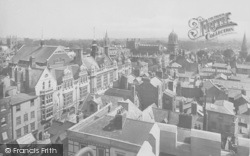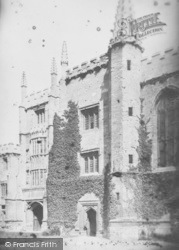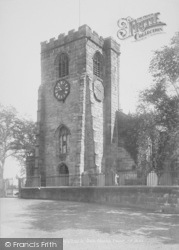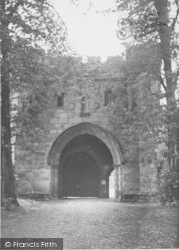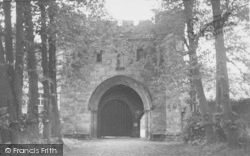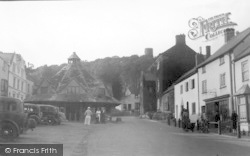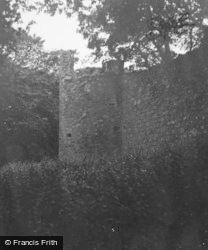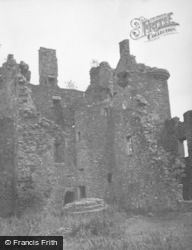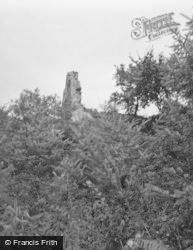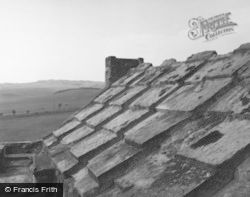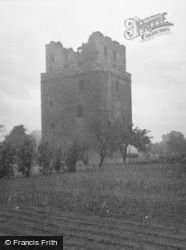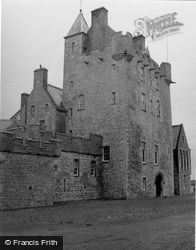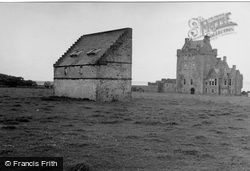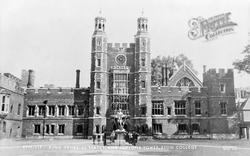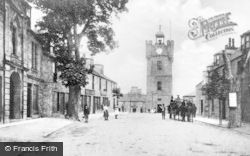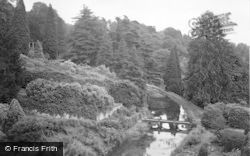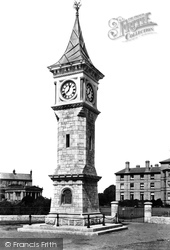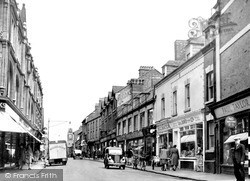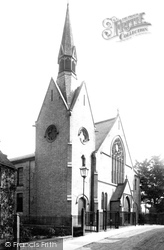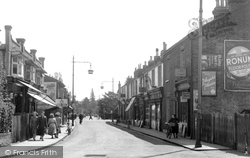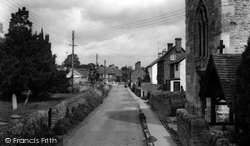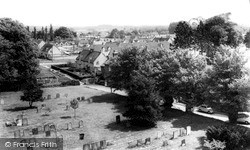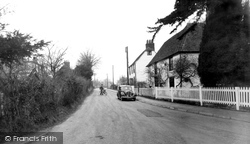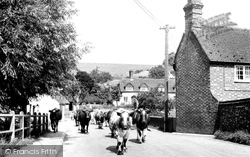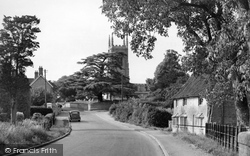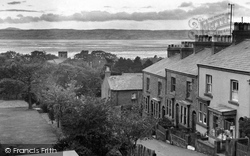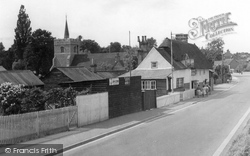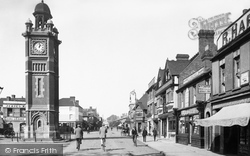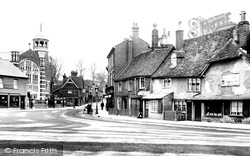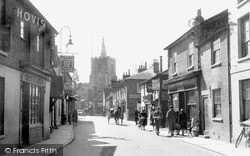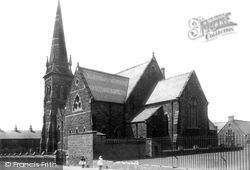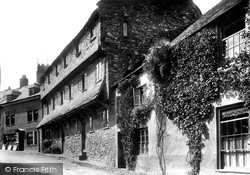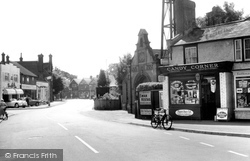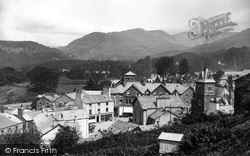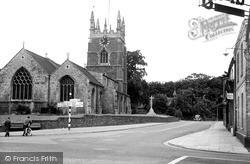Places
36 places found.
Those places high-lighted have photos. All locations may have maps, books and memories.
- Poplar, Middlesex
- Bow, Middlesex
- Bethnal Green, Middlesex
- Stepney, Middlesex
- Alton Towers, Staffordshire
- Isle of Dogs, Middlesex
- Limehouse, Middlesex
- Spitalfields, Middlesex
- Barjarg Tower, Dumfries and Galloway
- Bromley, Middlesex
- Stratford Marsh, Middlesex
- Tower Hill, Merseyside
- Tower Hill, Essex
- St George in the East, Middlesex
- Wapping, Middlesex
- Globe Town, Middlesex
- Old Ford, Middlesex
- Cubitt Town, Middlesex
- Tower Hill, Cheshire
- Tower Hill, Surrey
- Bow Common, Middlesex
- Mile End, Middlesex
- Millwall, Middlesex
- Ratcliff, Middlesex
- Warmley Tower, Avon
- Tower Hill, Hertfordshire
- Tower End, Norfolk
- Tower Hamlets, Kent
- Tower Hill, Devon
- Tower Hill, West Midlands
- Blackwall, Middlesex
- North Woolwich, Middlesex
- Hackney Wick, Middlesex
- Shadwell, Middlesex
- South Bromley, Middlesex
- Tower Hill, Sussex (near Horsham)
Photos
2,720 photos found. Showing results 2,201 to 2,220.
Maps
223 maps found.
Books
1 books found. Showing results 2,641 to 1.
Memories
637 memories found. Showing results 637 to 637.
Captions
3,036 captions found. Showing results 2,641 to 2,664.
To the left of the tower of St John's is the Curry Cycle Co.
The clock tower on Exmouth's sea front is a good place to begin any exploration of the resort.
Built in 1892, it was the first Kettering school to be built under the national system for non-denominational education, but it managed to appear ecclesiastical with its imposing clock tower.
The Gothic west front with a Decorated-style window and the gable tower were added in 1891 in white brick, almost masking the earlier red-brick 'preaching-box' behind.
Beyond is a 17-storey 1960s tower block of council flats, an incongruous intrusion into low-rise Addlestone.
Thus the lower town is Victorian in character, with later suburbs, and its church, St John's, dates from the 1880s.
The nave and tower are 13th-century, but in the 15th and 16th centuries double aisles were added, each as wide as the main nave.
The tower is 15th-century, but most of the rest was rebuilt in Victorian times. Until 1867 it was a chapelry of St Helen's Church in Abingdon with a curate in charge.
The last view in Marcham was taken from the parish church tower looking south-east towards Parkside, a large estate of 1950s former council houses.
The church has a Norman tower and west door, and traces of Roman brickwork have been discovered in its walls. It was restored in 1865.
The entrance to the mainline station can be seen on the right, while the tower of St Cadfan's church is clearly visible in the centre of the picture.
The church has an impressive flint tower, Norman doorways and a splendid Jacobean roof to the nave.
The village has mostly limestone buildings; the cedars remain in its churchyard, which is dominated by the pinnacle-topped 15th-century tower.
Trees now obstruct the view of Heswall parish church, whose tower we can clearly see here. St Peter's School stands at the top of School Hill.
Peeping over the skyline is the tower and spire of the Roman Catholic church of St Richard.
Behind the Clock Tower is another coal and coke merchant, Jeayes and Kasner - such businesses always flourish near railway stations.
The tall three- storey building remains, now an Oxfam shop, while all beyond the towering Baptist Church on the left has since been demolished and is now the entrance to the car parks formed between
The timber- framing and big chimneys in the loom of the church tower is The Priory, a fascinating early 16th century timber- framed building built as a church house or marriage-feast house, although
The clock on the church tower appears to have undergone a reversal of colour scheme.
The tower, very much a feature of the townscape, is unusual in that it is constructed in three stages with freestanding pinnacles beside the spire.
Beyond is Dollons House, stucco-fronted, and behind it can be seen the church tower, built in 1443.
Further north, at the A245 Parvis Road junction, the photographer looks back down High Road with Lloyds TSB on the left and the Dutch-gabled fire station of 1885 on the right, complete with its siren tower
The solidly constructed tower to the right is part of the Market Hall of 1863. To the left of the Market Hall is the back of the former Court House.
The tower of St James' Church is still the original Spilsby greenstone, but the rest of the church has been faced with the stronger limestone, hence the different colour.
Places (38)
Photos (2720)
Memories (637)
Books (1)
Maps (223)


